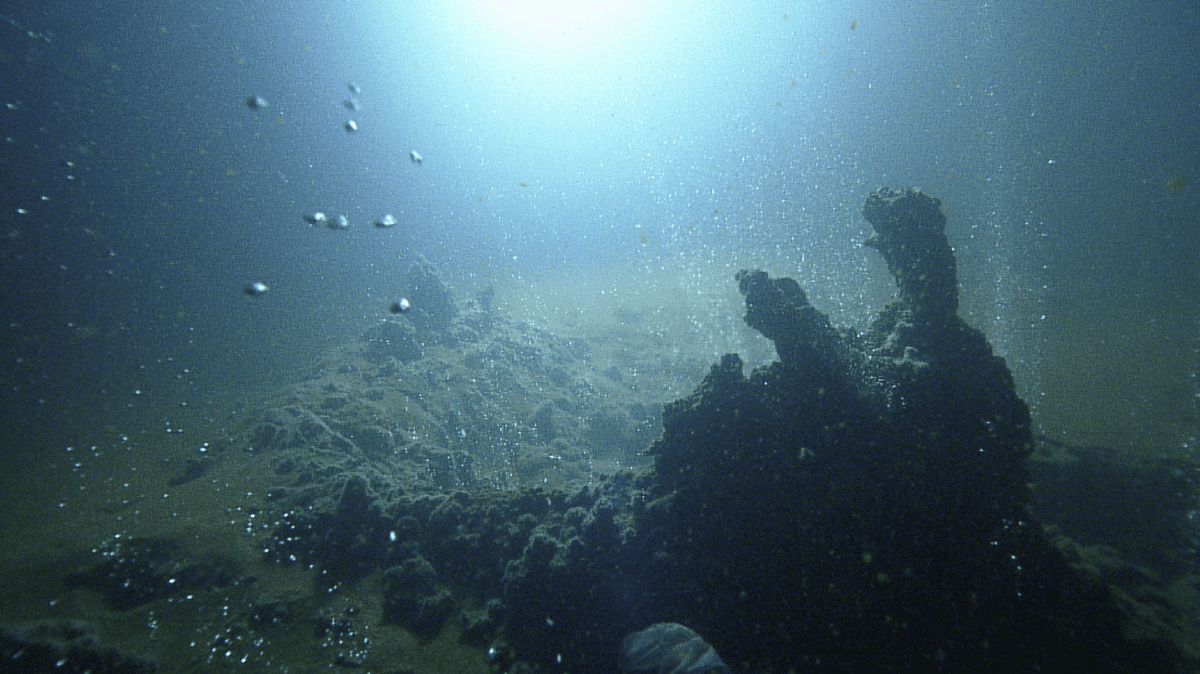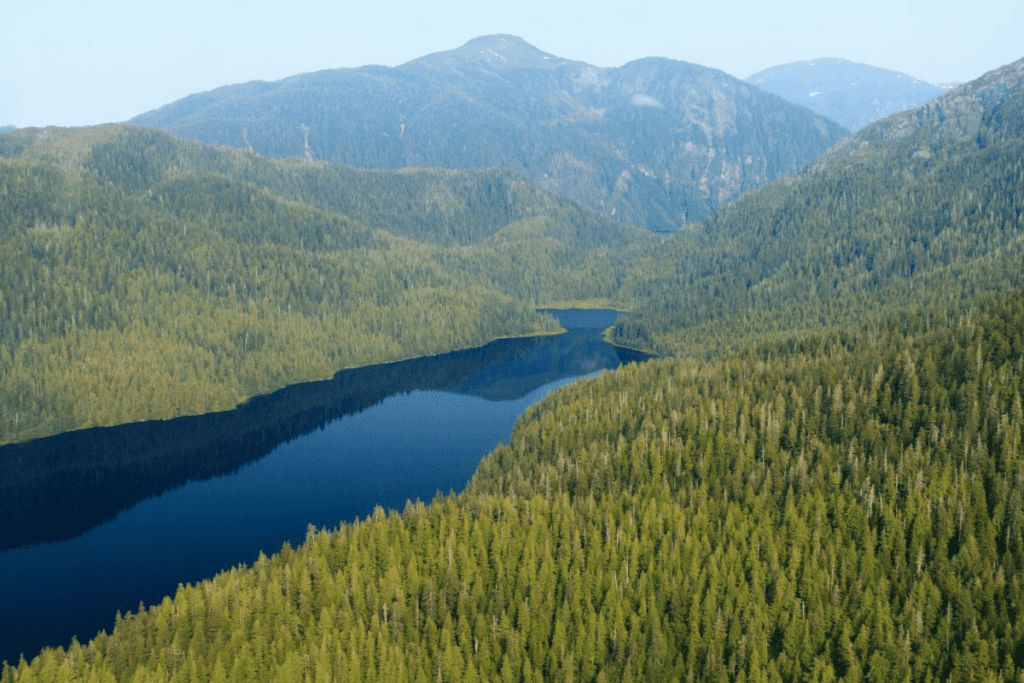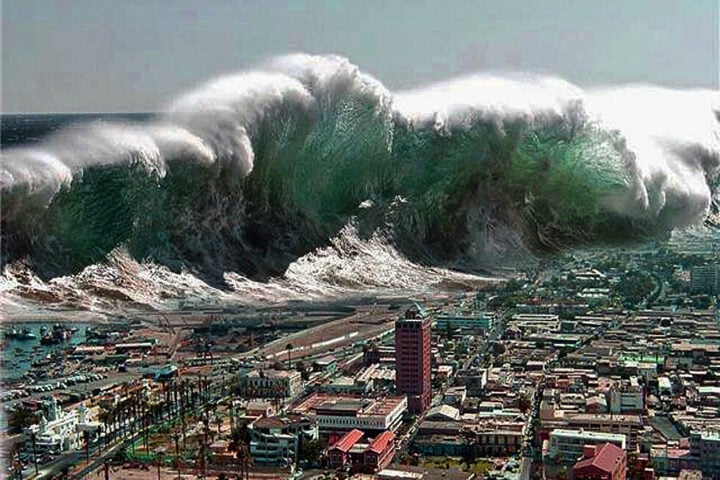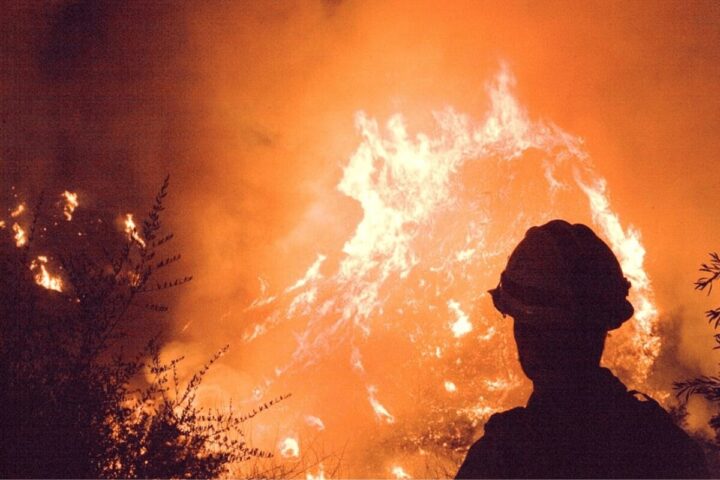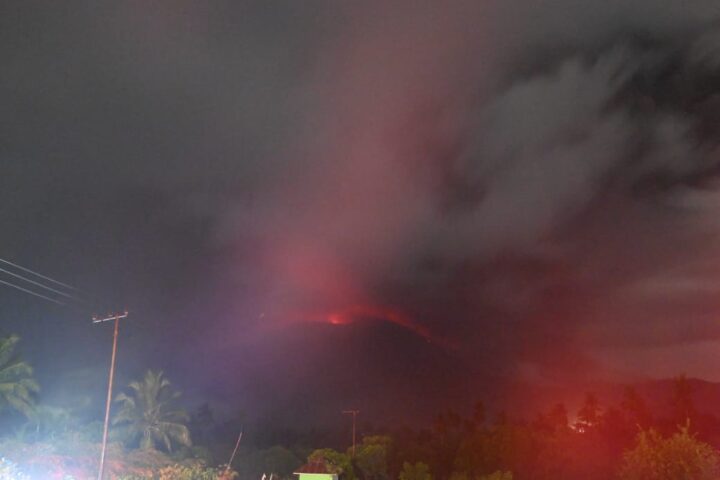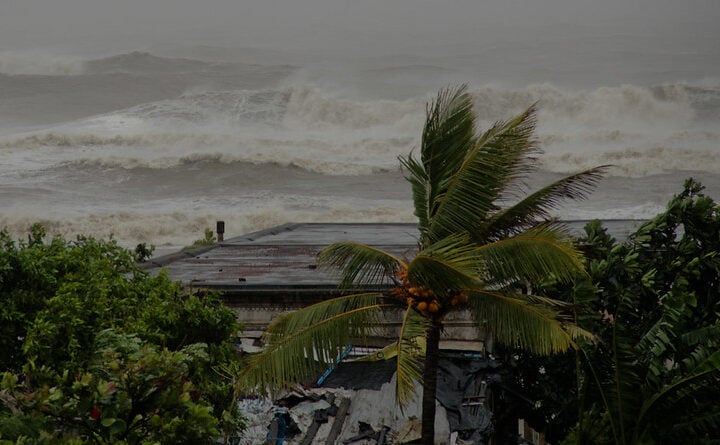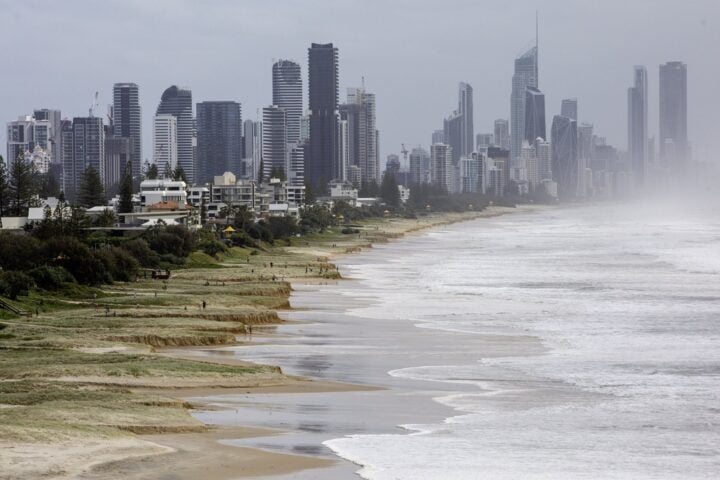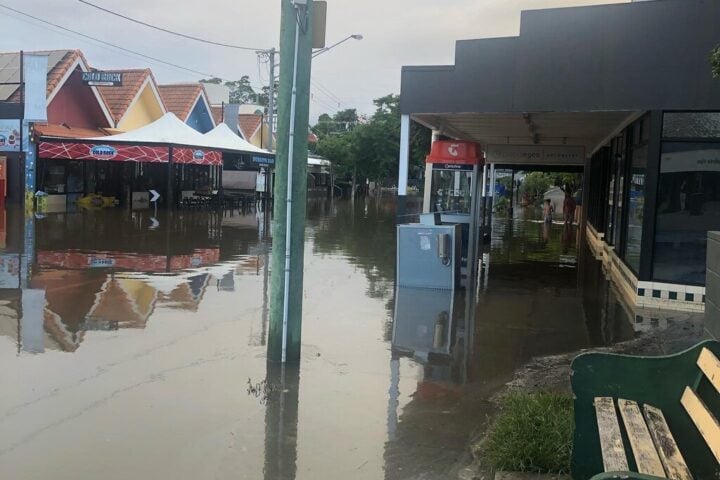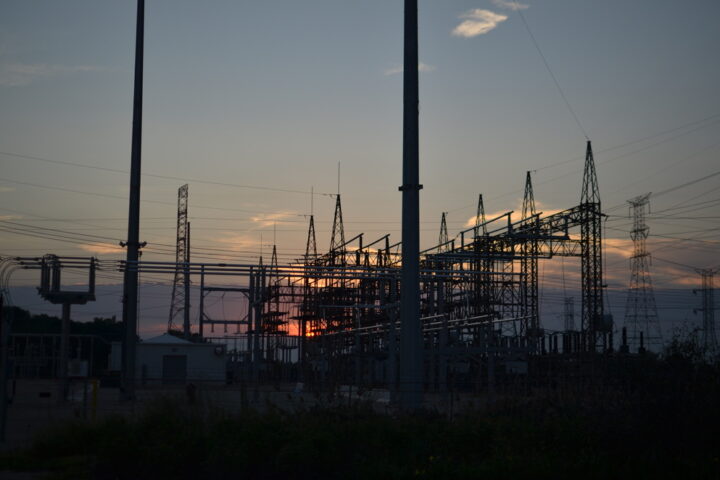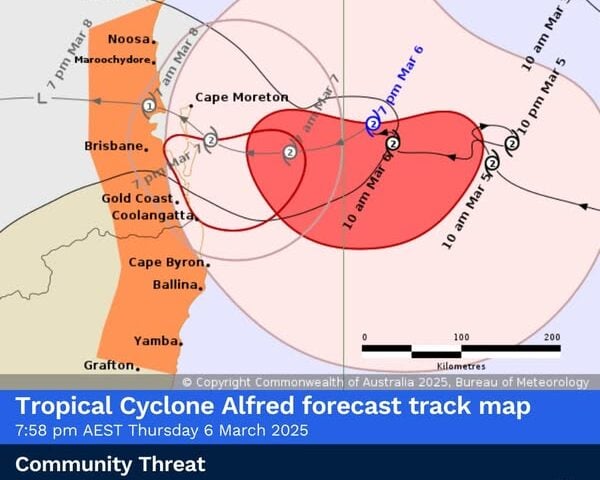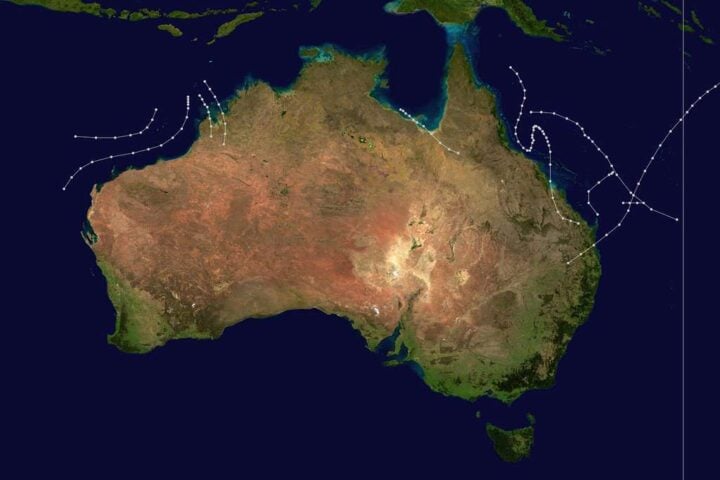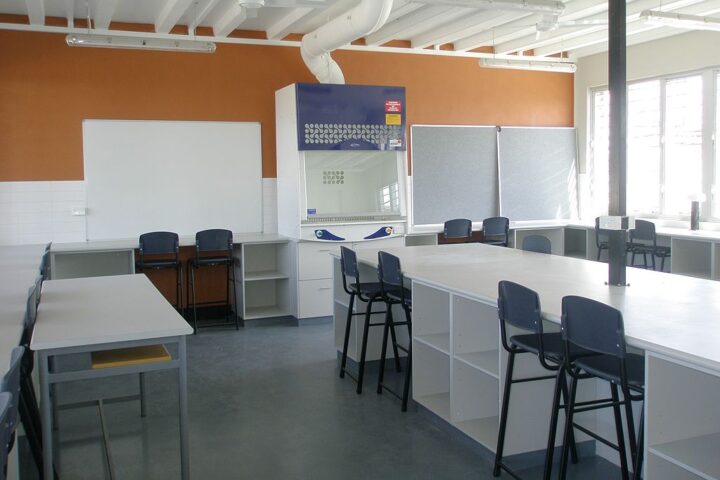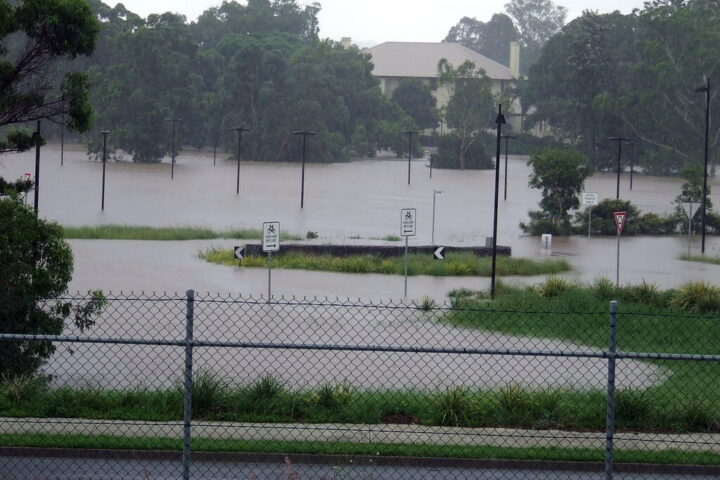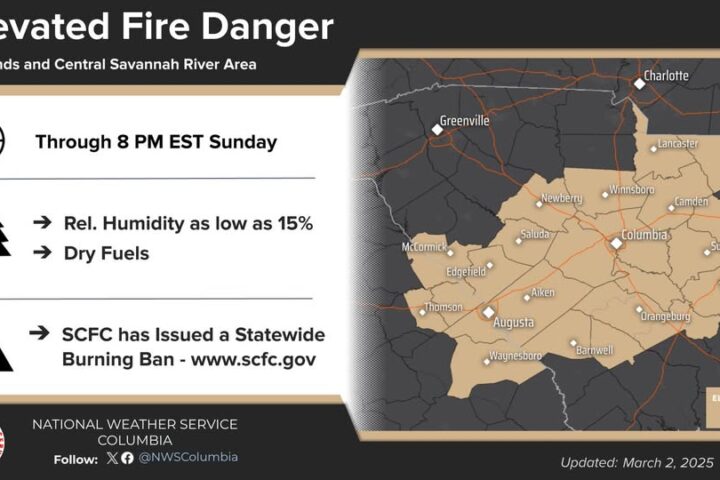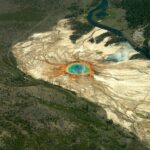An international team of scientists have uncovered a previously unknown magma chamber beneath the Kolumbo, a submarine volcano located off the coast of Greece near the island of Santorini. Using advanced seismic imaging techniques, the team was able to construct a detailed image of the underground structure of the volcano. While the discovery does not necessarily indicate an immediate threat, it does suggest that the volcano has the potential to reach a “boiling point” within the next two centuries. Dr. Michele Paulatto, a volcanologist at Imperial College London and a co-author of the study, compares the imaging technique used in the study to a medical ultrasound, using sound waves to construct a detailed image of the volcano’s underground structure.
Kolumbo, an active submarine volcano near the Greek island of Santorini, has not erupted in nearly four centuries, with its last eruption taking place in 1650 CE. This eruption caused a catastrophic event, resulting in the deaths of 70 people on the island due to toxic gases released from the pyroclastic flows and surges that occurred over the sea surface. The eruption was caused by an accumulation of magma beneath the surface of the volcano.
Now, researchers have discovered a previously unknown magma chamber beneath Kolumbo, leading them to believe that the volume of molten rock in the chamber is reaching levels similar to those seen in the 17th century. This suggests that the volcano has the potential to erupt with similar destructive force as it did in the past.

The study’s authors point out that until now, the available data on submarine volcanoes in the region has been limited and incomplete. However, recent imaging techniques have allowed for a much more detailed understanding of the inner workings of these underwater volcanoes. One of the most significant findings was the identification of a rapidly growing magma chamber beneath Kolumbo. This chamber has been accumulating magma at an average rate of 4 million cubic meters (141 million cubic feet) per year since the volcano’s last eruption in 1650 CE. This equates to a total of 1.4 cubic kilometers (0.33 cubic miles) of magma. If this rate of growth continues, it is projected that the chamber could reach a volume of 2 cubic kilometers (0.4 cubic miles) within the next 150 years, which is approximately the same amount of magma that was estimated to have been erupted during the 1650 CE eruption.
The researchers of the study emphasize that there is no way to predict with certainty when the volcano may erupt. However, they highlight the importance of research like this in better understanding the potential risks and providing information that could potentially save lives.
As the lead author of the study, geophysicist Kajetan Chrapkiewicz from Imperial College London, states, “We need better data on what’s actually beneath these volcanoes. With continuous monitoring systems, we would have a better understanding of when an eruption might occur, and we would be able to warn people a few days in advance, allowing them to evacuate and stay safe.”
